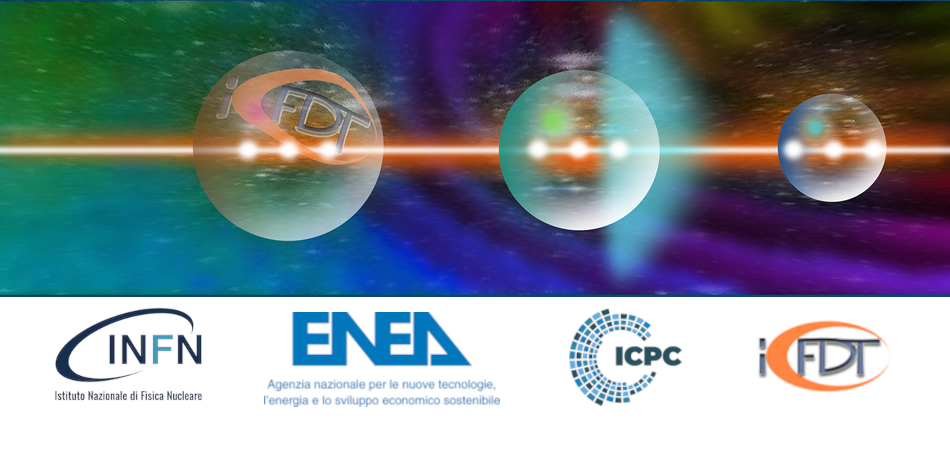Speaker
Description
The Divertor Tokamak Test (DTT) facility [1] will feature a poloidally distributed O-mode plasma position microwave reflectometry (PPR) system, crucial for future reactors, where in- vessel magnetic sensors for position control will be limited by high neutron flux and long pulse durations. The DTT PPR system will have a number of Lines of Sight (LOS) at the Low Field Side equatorial and oblique ports, the top vertical port, and the High Field Side (HFS) region. This contribute focuses on the HFS subsystem design, which requires bistatic hog-horn antennas and waveguide routing behind the first wall through the top vertical port, due to the limited available space. The layout uses pairs of single oversized waveguides and optimized antennas [2] for each LOS, covering the 18–110 GHz range. Extensive FEM simulations (via COMSOL Multiphysics and CST) on the waveguides, together with simulations on the system’s coupling with the plasma, realized through the FDTD full-wave 3D code REFMUL3, guided the design process. In particular, FEM simulations allowed to minimize mode conversion in curved waveguides by opting for hyperbolic bends over constant curvature ones, while the REFMUL3 simulations provided insights into how the installation of a reflectometer in a reactor relevant machine could affect the measurement accuracy. Additionally, the integration of waveguides and antennas led to a proposed modification of the first wall design, replacing a cooling pipe with a copper thermal bridge (structural analyses are ongoing). Despite some challenges, particularly with mode conversion, this work marks significant progress towards the implementation of a PPR in this complex environment.

